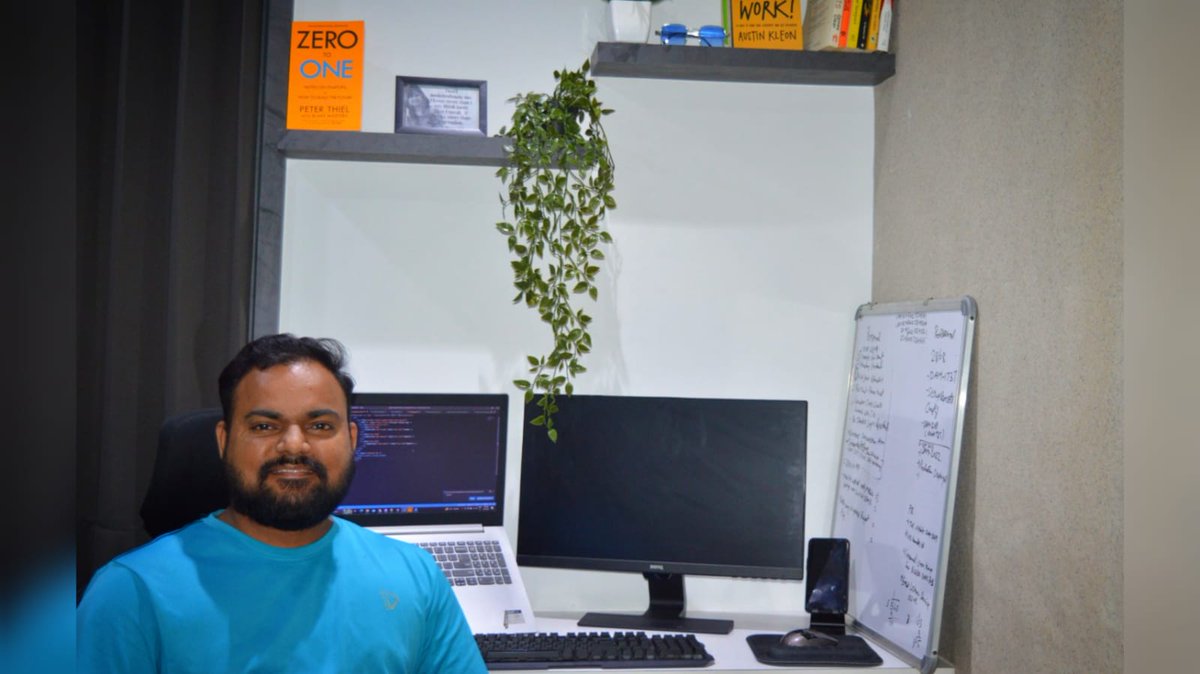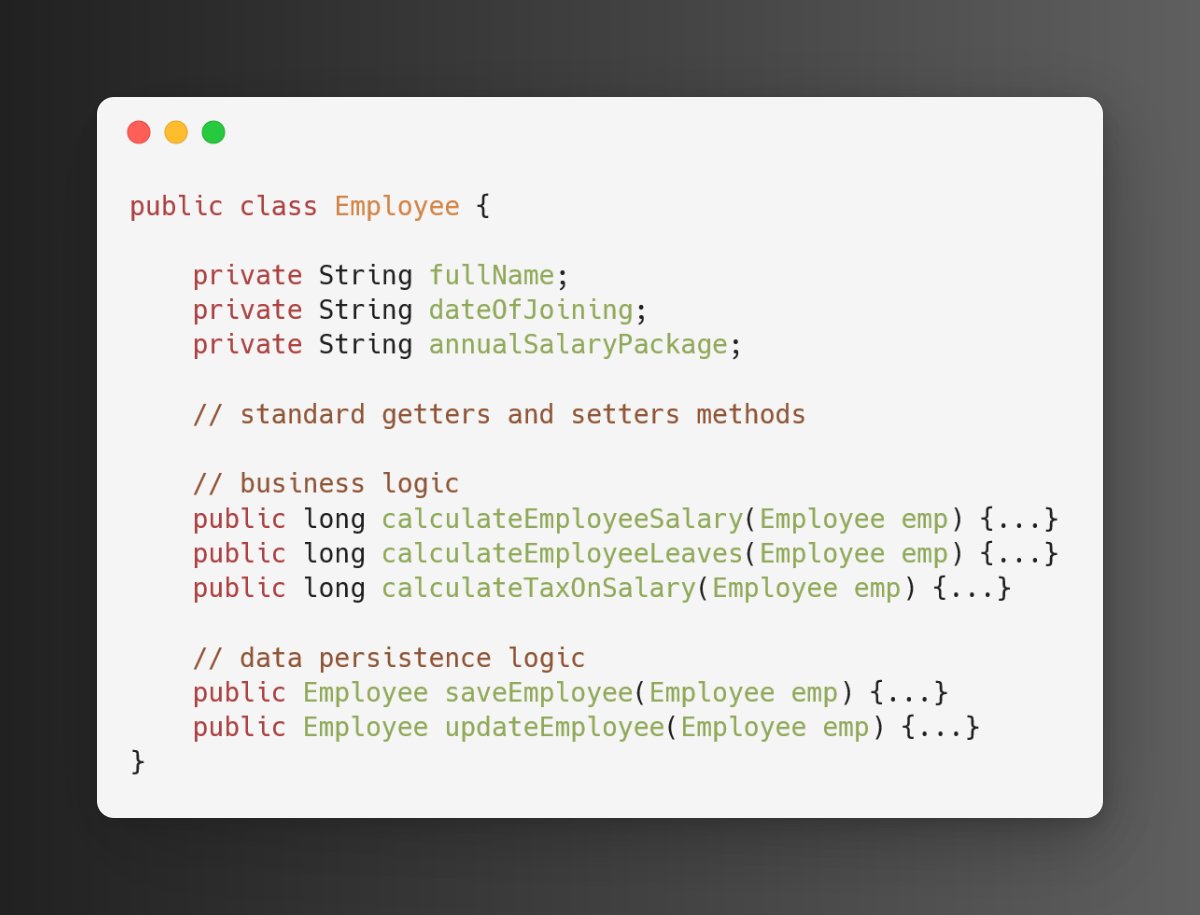
Sr. Backend Engineer. Simplifying Backend and sharing what I learn along the way. Book 1:1 (paid) session👉 https://t.co/7s7QPBdOtP



 5 subscribed
5 subscribed



 5 subscribed
5 subscribed
How to get URL link on X (Twitter) App




 5 subscribed
5 subscribed



 1. ASK Questions
1. ASK Questions





